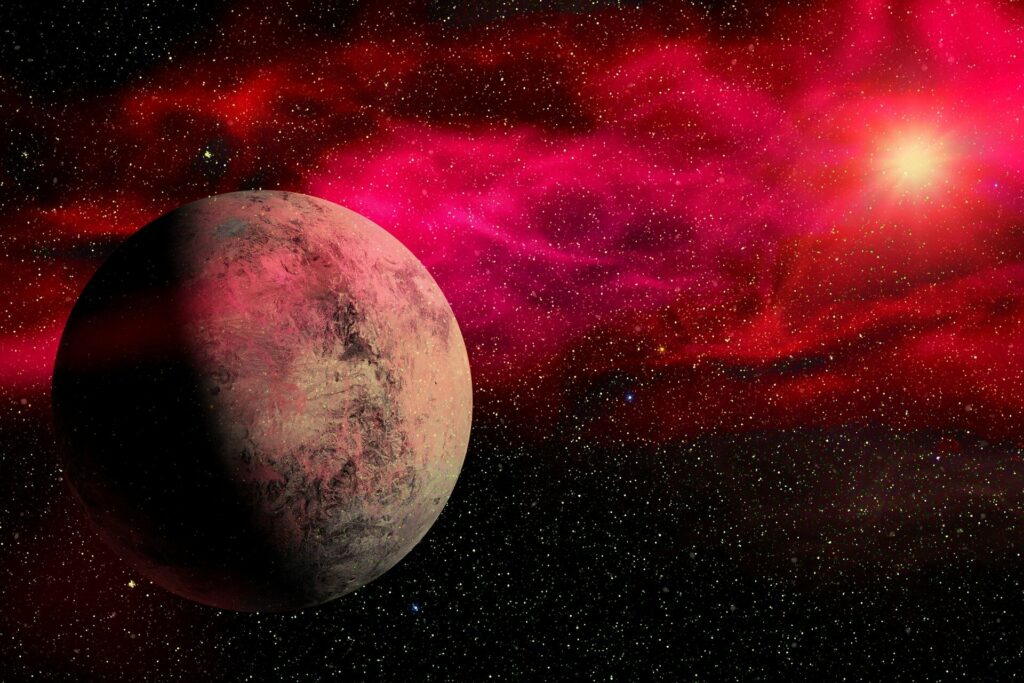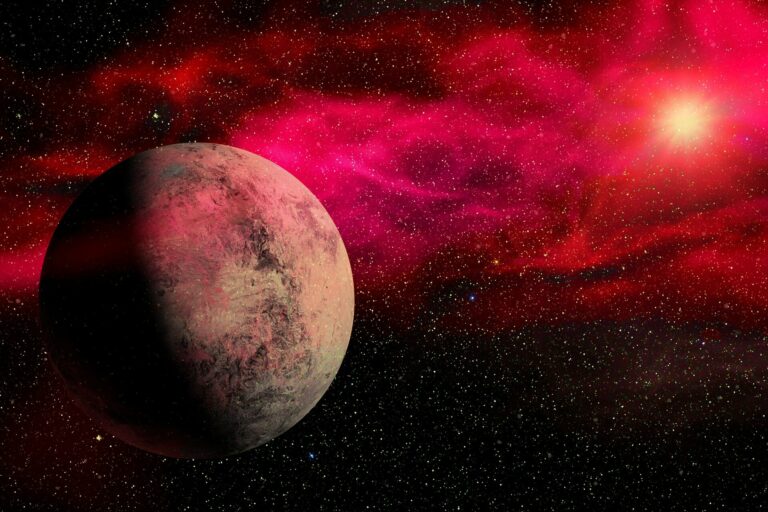Astronomers Pinpoint 164 Potential Targets for the Habitable Worlds Observatory
The process of planning large astronomical missions is a lengthy one. For instance, the James Webb Space Telescope, which is currently operational, took several decades to develop. A crucial aspect of this planning process involves determining the objectives of the mission. Teams of scientists collaborate on larger missions to identify the most suitable goals.
In line with this, a group of researchers from UC Berkeley and UC Riverside have published a paper on the arXiv preprint server. This paper introduces a database of exoplanets that could be of interest to NASA’s upcoming Habitable Worlds Observatory (HWO) survey, which aims to identify potentially habitable planets.
Astronomy’s decadal surveys serve as the foundation for numerous ambitious projects, and the Astro2020 Decadal Survey was no exception. It proposed the development of a 6-meter space telescope by NASA, capable of conducting high-contrast observations across optical, infrared, and ultraviolet wavelengths.

This project, known as the HWO, has a primary objective of studying 25 exoplanets located within the habitable zones of their parent stars. The mission aims to search for biosignatures on these exoplanets, making it humanity’s most advanced tool for detecting extraterrestrial life. While the HWO can also perform general astronomy tasks, identifying the appropriate planets to observe is crucial for its success.
To address this aspect of the project, NASA’s Exoplanet Exploration Program has compiled a list of 164 candidate exoplanets that are deemed the most accessible for the HWO. The accessibility of these exoplanets primarily depends on the characteristics of their parent stars, as well as their distance from them.
While those are helpful characteristics to consider, there are plenty more factors that we believe go into whether a planet is habitable or not. These include the frequency of flares and the abundance of certain elements in the star itself. That is precisely the kind of information the new catalog contains.
Specifically, the measurements the authors collected can be broken down into five categories: stellar element abundance, photometric values, flare rates, variability estimates, and X-ray emissions. However, each of those categories has plenty of nuance in it. For example, the researchers collected 1,700 stellar measurements of elemental abundance for 14 different elements. However, they could only find X-ray emission data for 41 of the 168 stars in the catalog.
The absence of data is not unexpected, as the data collection process relied on publicly available sources. Some of these sources focused on numerous stars and did not pay close attention to the specific data required for this dataset. The data was gathered from various sources, including Gaia, TESS, and WISE.
Furthermore, the database itself was designed based on a similar one called ExEP Mission Star List (EMSL), which was initially developed for two other Great Observatories, LUVOIR and HabEx. Each observatory has its own specialization, and although there is some overlap with HWO, the data from those missions was not comprehensive enough to contribute to the definition of HWO.
Therefore, there is still work to be done in formulating a project definition and finalizing the scientific and technical objectives for HWO. The authors emphasized that this paper is only the first in a series of preliminary papers that will provide more details about the capabilities of this new observatory. Fortunately, the catalog they have created is freely accessible, allowing interested individuals to explore the collected data and potentially contribute to future research outlined in the paper. There is always more scientific exploration to be undertaken.
This article is republished from PhysORG under a Creative Commons license. Read the original article.
Do not forget to share your opinion with us to provide you with the best posts !




0 Comments